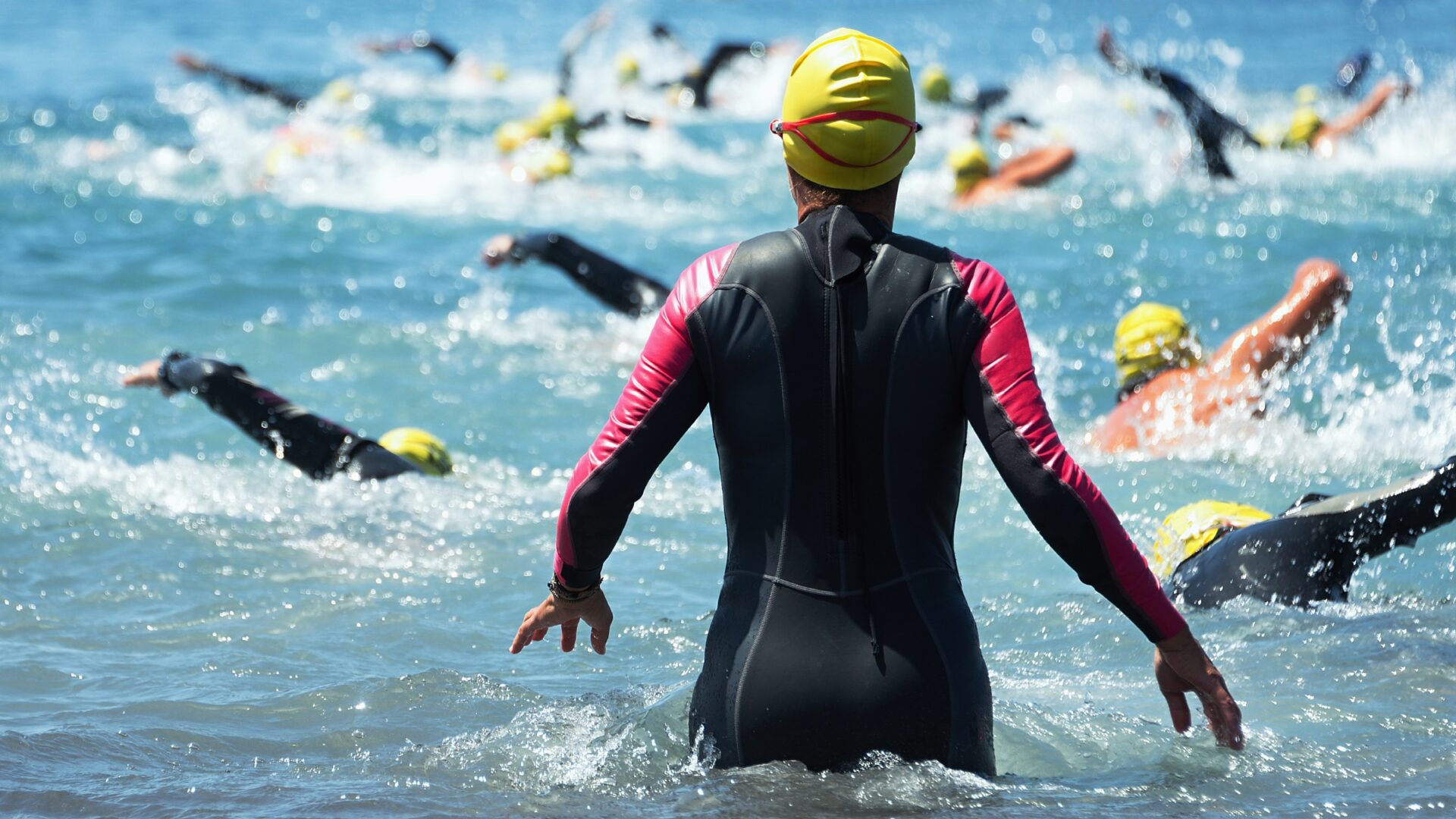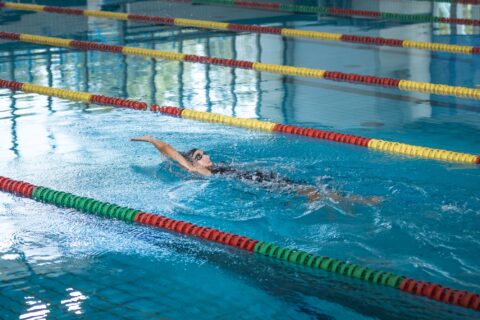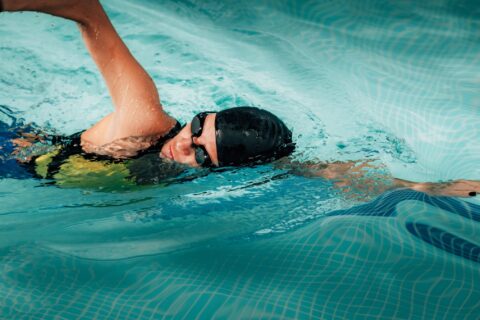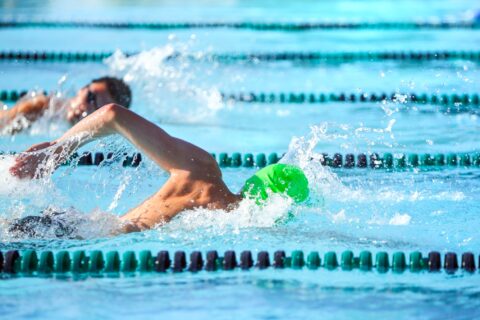Most athletes who die in triathlons succumb during the swim leg. We explore why that is, and how to reduce the risk for your next event.
Most athletes who die in triathlons succumb during the swim leg. We explore why that is, and how to reduce the risk for your next event.




